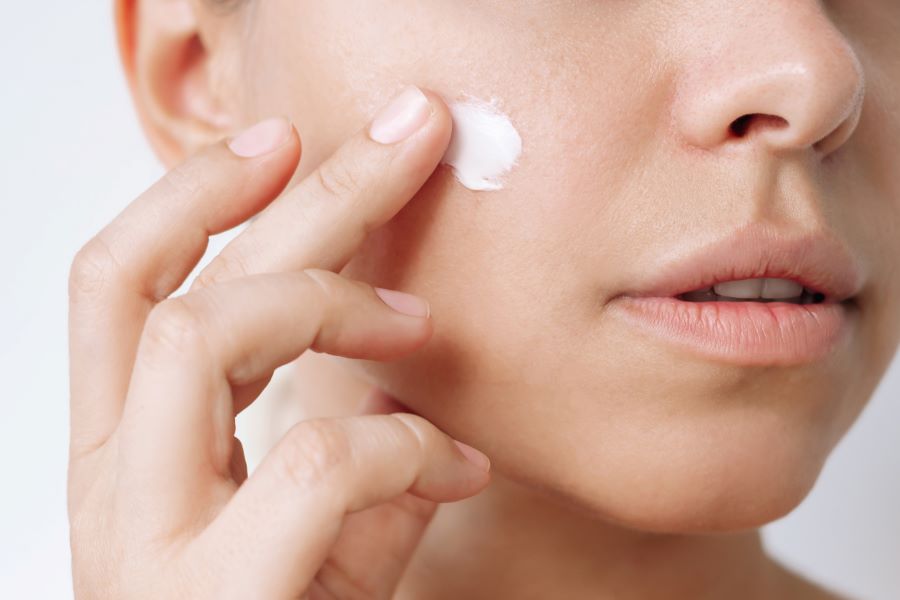What to Expect at a Pigmentation Consultation: Diagnosis, Planning, and Monitoring
A pigmentation consultation helps explain why dark spots form, what type you have, and which treatments can safely improve your skin over time. During this visit, a specialist reviews your history, examines your skin with targeted tools, and maps out a step-by-step plan for treatment and follow-up so progress is measured, realistic, and sustainable.

A first visit for pigmentation concerns is designed to answer three questions: what type of discoloration you have, what treatments are appropriate for your skin, and how results will be monitored over time. Expect a structured process that starts with a careful history and skin examination, continues with a tailored treatment plan, and ends with a schedule for follow-up and realistic timelines for improvement. This approach helps set clear expectations while reducing the risk of irritation or rebound darkening.
How are dark spots diagnosed and treated?
Your specialist will begin with a detailed conversation about when the discoloration started, how it changes with sun exposure or hormones, what products you use, and any prior procedures. The physical exam may include close-up evaluation, dermoscopy (a magnifying light tool), and illumination to reveal patterns of pigment. These steps help distinguish common causes like post-inflammatory marks from acne, melasma influenced by hormones, and sun-induced lentigines. A pigmentation specialist can diagnose and treat dark spots with precision, selecting therapies based on the depth and pattern of pigment rather than a one-size-fits-all approach. When diagnoses are complex, photographs and standardized scoring can document baseline severity and guide treatment choices at future visits.
Personalized plan for clearer skin
After assessment, the discussion shifts to safety, tolerability, and a stepwise plan. A pigmentation specialist creates personalized treatment plans for clear skin by combining daily photoprotection with active topicals and, when appropriate, in-office procedures. Daily sunscreen, UV-protective habits, and gentle cleansing are foundational. Topicals may include retinoids to quicken cell turnover; antioxidant serums such as vitamin C; brightening agents like azelaic acid, kojic acid, or cysteamine; and, in select cases under medical supervision, hydroquinone. For some patients, chemical peels (such as glycolic, lactic, or salicylic acid) or device-based options (including specific lasers or light treatments) are considered. The exact mix depends on skin tone, sensitivity, and the pigment’s depth. Plans often start conservatively, introduce one change at a time, and adjust based on early response to minimize irritation and reduce the risk of post-inflammatory darkening, especially in darker skin tones.
Planning and monitoring for long-lasting results
Timelines are part of setting expectations. Many topical programs show early brightening within 6–8 weeks, with continued gains over several months. Device treatments may accelerate results but often require preparation, strict sun protection, and maintenance. Your clinician will outline what improvements are likely, what risks exist, and how to maintain gains with ongoing care. Consult a pigmentation specialist for long-lasting results if you have recurring melasma, stubborn post-acne marks, or discoloration that returns after summer. Monitoring typically includes standardized photos, periodic scoring, and review of lifestyle factors. Seasonal adjustments, travel to high-UV locations, and new skincare products are documented so your plan can be adapted. If you’re considering local services in your area, ask about their follow-up process, how they measure progress, and what maintenance looks like once you reach your goal.
This article is for informational purposes only and should not be considered medical advice. Please consult a qualified healthcare professional for personalized guidance and treatment.
What to expect during the visit
A thorough medical and skin-care history comes first, including allergies, prior irritation, and any known sensitivities. Medication review is important because some drugs increase photosensitivity or interact with topical agents. The examination may include pattern recognition of pigment (speckled vs. patches), assessment of redness or acne activity, and evaluation of texture that can affect how light reflects off the skin. You may be advised to pause exfoliants before certain procedures, and patch testing might be suggested if you’ve reacted to brightening agents in the past.
Safety and skin-of-color considerations
Safety is central to treatment planning. Individuals with richly pigmented skin are more prone to post-inflammatory hyperpigmentation when the skin barrier is disrupted. Your specialist will weigh the benefits and risks of peels, microneedling, and lasers more cautiously, often extending pretreatment periods with moisturizer and sunscreen, using gentler acids at lower concentrations, and spacing procedures to allow recovery. Education on barrier-friendly routines—fragrance-free cleansers, non-comedogenic moisturizers, and diligent sunscreen reapplication—reduces setbacks and supports steady progress.
Home care, habits, and maintenance
Daily habits often determine long-term outcomes. Consistent, broad-spectrum sun protection, hats, and shade-seeking are critical, as UV and visible light can drive pigment pathways. Gentle cleansing, incremental introduction of actives, and avoiding picking at acne prevent new dark marks. Your clinician may recommend cycling brighteners, using retinoids at night, and pausing potentially irritating products before trips with high sun exposure. Maintenance usually involves a simplified regimen once the skin is even-toned, with periodic check-ins to reassess triggers, product tolerance, and the need for seasonal adjustments.
When to consider escalation or referral
If pigment resists standard care, your specialist may discuss alternative formulations, combination therapy, or referral for device-based treatments performed by clinicians experienced with your skin type. Documentation from your earlier visits—photos, product lists, and prior responses—streamlines this step. Clear communication about side effects, lifestyle constraints, and goals ensures that any escalation remains safe and aligned with your expectations.
Conclusion
A structured pigmentation consultation clarifies the type of discoloration present, matches treatments to your skin’s needs, and builds a monitoring plan that tracks progress over time. With thoughtful diagnosis, personalized planning, and consistent follow-up, improvements are measured rather than guessed, and long-term maintenance becomes a practical, sustainable routine.




